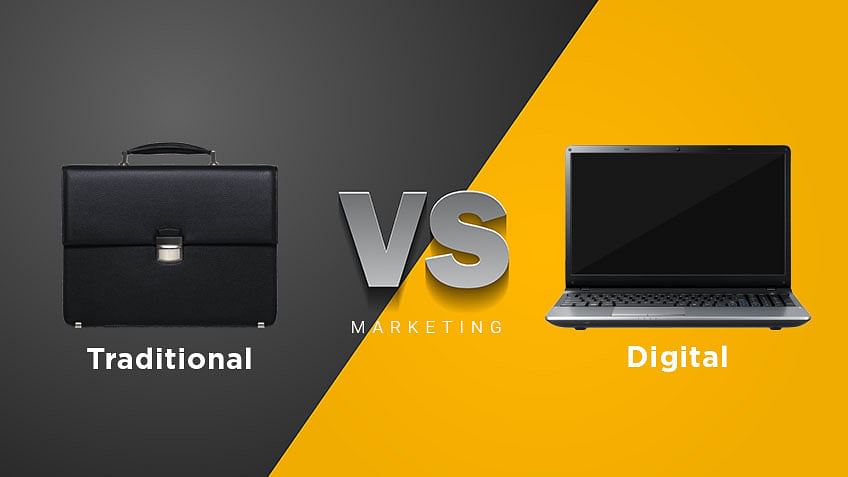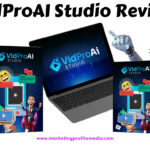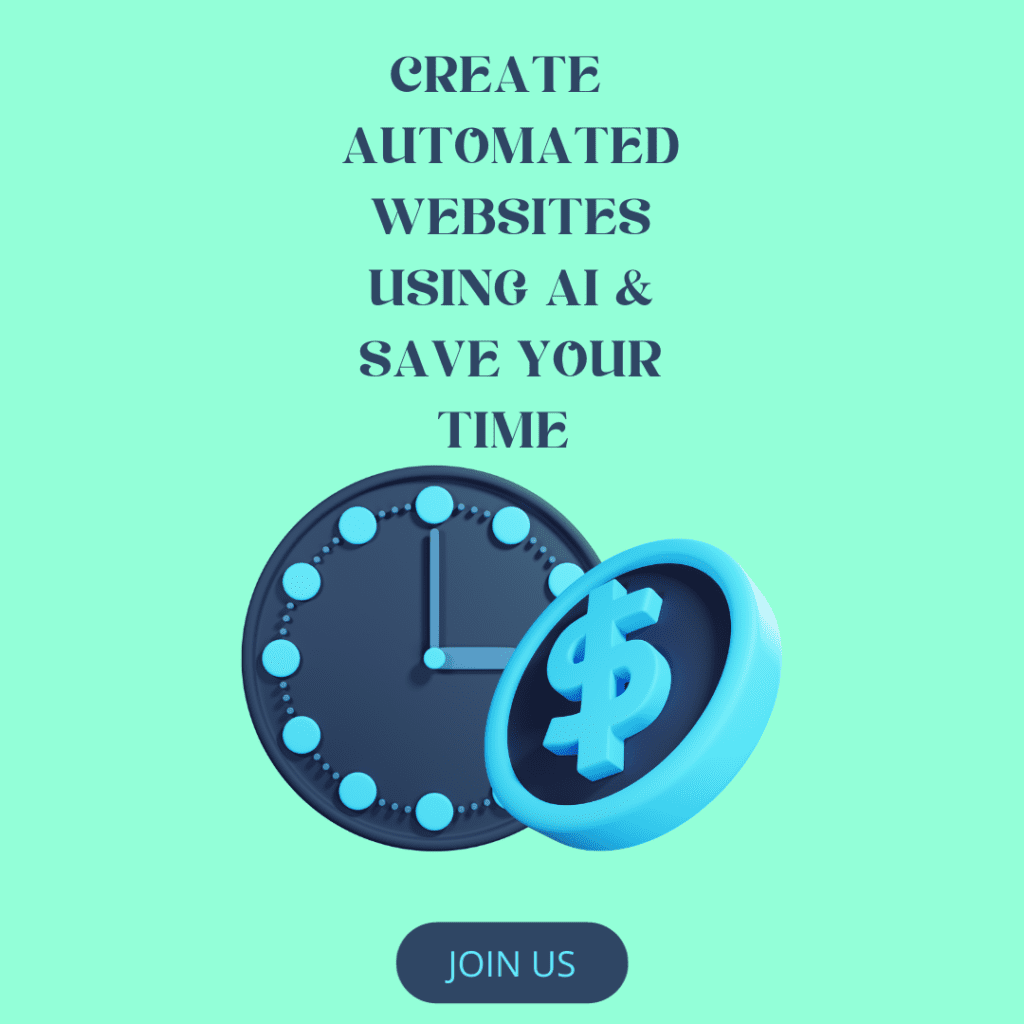Digital marketing is often considered more effective than traditional marketing due to its broader reach and precise targeting capabilities. It leverages online channels that are rapidly dominating consumer attention.
In the ever-evolving landscape of media consumption, businesses constantly seek the most impactful ways to connect with their audiences. With the rise of the internet and mobile technology, digital marketing has taken a front seat, offering unparalleled opportunities for brands to engage with customers.
Traditional marketing, once the cornerstone of advertising with mediums like print, radio, and TV, now shares the stage with digital campaigns that harness the power of social media, search engines, and email marketing. Companies that integrate both strategies often find the most success, yet the trend leans heavily toward digital as it provides actionable insights and analytics that traditional marketing struggles to offer. Choosing the right marketing approach depends on understanding the target audience, objectives, and the unique advantages of each method.

Credit: www.simplilearn.com
Marketing Evolution
The way we spread messages of goods and brands has changed remarkably. Marketing evolution mirrors society’s shift from paper to pixels. This transformation impacts businesses of all sizes. We must understand the journey from traditional techniques to digital strategies. Now, let’s dive into the specifics.
From Billboards To Banners
Traditional marketing once reigned with billboards dotting the highways. Today, digital banners take their place. They grace websites and social platforms. With a click, they lead us to a world of information. These banners offer real-time engagement and instant data insights.
- Visibility: Banners reach us on our phones, tablets, and computers.
- Targeted: They show up based on our browsing habits.
- Cost-Efficient: Digital offers measurable results for less money.
Adapting Strategies In A Digital Age
Businesses must adapt to stay relevant. Digital marketing strategies are no longer optional. They are key to success. Brands that evolve can thrive. They push boundaries with innovative approaches.
| Traditional Marketing | Digital Marketing |
|---|---|
| Print media, TV, Radio | Social media, SEO, Content Marketing |
| One-way communication | Interactive and engaging |
| Hard to measure results | Results analyzed in real-time |
Interactive campaigns, SEO tactics, and content marketing lead the charge in the digital space. All ensure strong brand presence online.
Traditional Marketing Today
Traditional Marketing Today still resonates with audiences across the globe. Though digital methods rise in popularity, conventional tactics remain valuable. They offer tangible, time-tested ways to reach consumers. Businesses continue to leverage these strategies to connect with demographics less online-focused.
Strengths And Applications
- Personal Touch: Physical ads create a sensory experience.
- Local Reach: Flyers and billboards excel at targeting local customers.
- Trust: Well-established audiences trust traditional channels.
- Broad Audience: TV and radio capture a wide range of age groups.
Businesses use traditional marketing to enhance brand visibility. They place ads in newspapers, on TV, and over the radio. Direct mail campaigns put hands-on materials before eyes. They build solid foundations in local communities.
Limitations And Challenges
- Cost: Printing and broadcasting fees add up quickly.
- Measuring Impact: Hard to track ad success with precision.
- Engagement: Less interaction compared to digital platforms.
- Updates: Changing content is often slow and expensive.
While powerful, traditional marketing methods meet hurdles. There’s a hefty price tag to mass media approaches. Small businesses sometimes struggle to afford them. Unlike digital campaigns, print and broadcast analytics offer less data. Marketers find it challenging to gauge the true impact on sales.
Digital Marketing Dynamics
Understanding the impact and effect of digital marketing is crucial in today’s age. The landscape of digital marketing constantly shifts with new technology and strategies. Companies stand at the forefront of innovation as they employ the latest tools and measure their strategies’ success with precision.
Tools And Technologies
Today’s digital marketers have an arsenal of cutting-edge tools at their disposal. Each tool plays a vital role in crafting effective campaigns.
- SEO software: Optimizes online visibility.
- Email automation platforms: Streamlines communication.
- Social media schedulers: Manages posting calendars.
- Analytics tools: Offers detailed campaign insights.
- CRM systems: Centralizes customer information.
Metrics For Success
Success in digital marketing is measurable. Marketers use various metrics to gauge the effectiveness of their efforts.
| Metric | Description | Benefit |
|---|---|---|
| Conversion Rate | Tracks the percentage of visitors who take the desired action. | Indicates campaign effectiveness. |
| Click-Through Rate (CTR) | Measures how often people click an ad or link. | Reflects content’s appeal. |
| Bounce Rate | Shows the percentage of visitors who leave after one page. | Helps assess user engagement. |
| Customer Lifetime Value (CLV) | Estimates a customer’s value over time. | Guides long-term strategy. |
Marketers leverage these metrics to refine their marketing tactics, and ensure their ad spend yields high ROI.
Comparing Impact And Reach
When choosing between traditional and digital marketing, it’s essential to consider impact and reach. This involves understanding how each approach engages different audiences and the costs versus benefits they offer. Think about where the audience spends their time and how you can best reach them.
Target Audience Engagement
Successful marketing connects with the right people at the right time. Digital marketing excels in targeting. It allows ads to show up on specific online platforms. Traditional marketing casts a wider net, reaching local audiences through media like newspapers or billboards.
- Digital Marketing: Social media, emails, and search engines track user behavior. This helps in sharing tailored messages to the right audience.
- Traditional Marketing: Great for reaching local, broad demographics. It relies on TV, radio, and print media.
Cost-benefit Analysis
| Marketing Type | Cost | Benefit |
|---|---|---|
| Digital | Lower upfront costs | Higher engagement, precise targeting |
| Traditional | Higher upfront costs | Local impact, tangible ads |
Digital marketing typically requires a smaller budget to start and can be adjusted mid-campaign. Traditional marketing may involve more substantial initial investments with physical materials. Yet, it might have long-lasting effects when objects like brochures are saved by potential customers.
Integrating Traditional And Digital
Choosing between traditional and digital marketing feels like picking between apples and oranges. Both have value. Today’s magic happens when they work together. Let’s explore how a blended approach magnifies your reach.
Blended Marketing Strategies
Blended marketing means combining the old with the new. It’s about harmony between leaflets and live tweets. Here’s how to mix them:
- Identify your audience: Know who you’re talking to.
- Goals and metrics: Set clear targets for both methods.
- Cross-promotion: Use each medium to promote the other.
- Consistent messaging: Keep your story the same across all channels.
- Analyze and adjust: Track results and tweak as needed.
Case Studies: Best Of Both Worlds
Let’s look at real success stories.
| Brand | Traditional Tactics | Digital Tactics | Results |
|---|---|---|---|
| Coca-Cola | Billboards, TV ads | Social media, Online videos | Impressive global engagement |
| Nike | Sports sponsorships | Mobile apps, Influencer partnerships | Boosted sales & brand loyalty |
These examples show how the integration of traditional and digital amplifies success. Both legacy companies and upstarts can craft a unified presence this way.

Credit: issuu.com
Credit: www.quora.com
Frequently Asked Questions Of Which Is More Effective Traditional Or Digital Marketing
Which Marketing Strategy Offers Better Roi?
Traditional marketing often incurs higher costs with difficult tracking for ROI. Digital marketing, on the other hand, is cost-effective and offers precise tracking, generally leading to a better return on investment.
How Do Traditional And Digital Marketing Target Audiences?
Traditional marketing targets broad audiences with methods like TV ads. Digital marketing uses online tools to target specific demographics, often leading to higher engagement and conversion rates.
What Are The Key Advantages Of Digital Marketing?
Digital marketing provides real-time analysis, audience insights, and global reach. It’s typically more engaging, interactive, and adaptable to consumer behavior than traditional marketing.
Can Traditional Marketing Compete In Today’s Market?
While digital is dominant, traditional marketing still holds value in local markets and with certain demographics. It can be effective if integrated with a digital approach.
Conclusion
Deciding between traditional and digital marketing hinges on your business goals. Each has strengths key to specific audiences and industries. Blend both for a robust strategy. Digital may lead in cost-efficiency and analytics. Traditional excels in local impact. Embrace the duo for maximal reach and engagement.
Your choice shapes your success.








